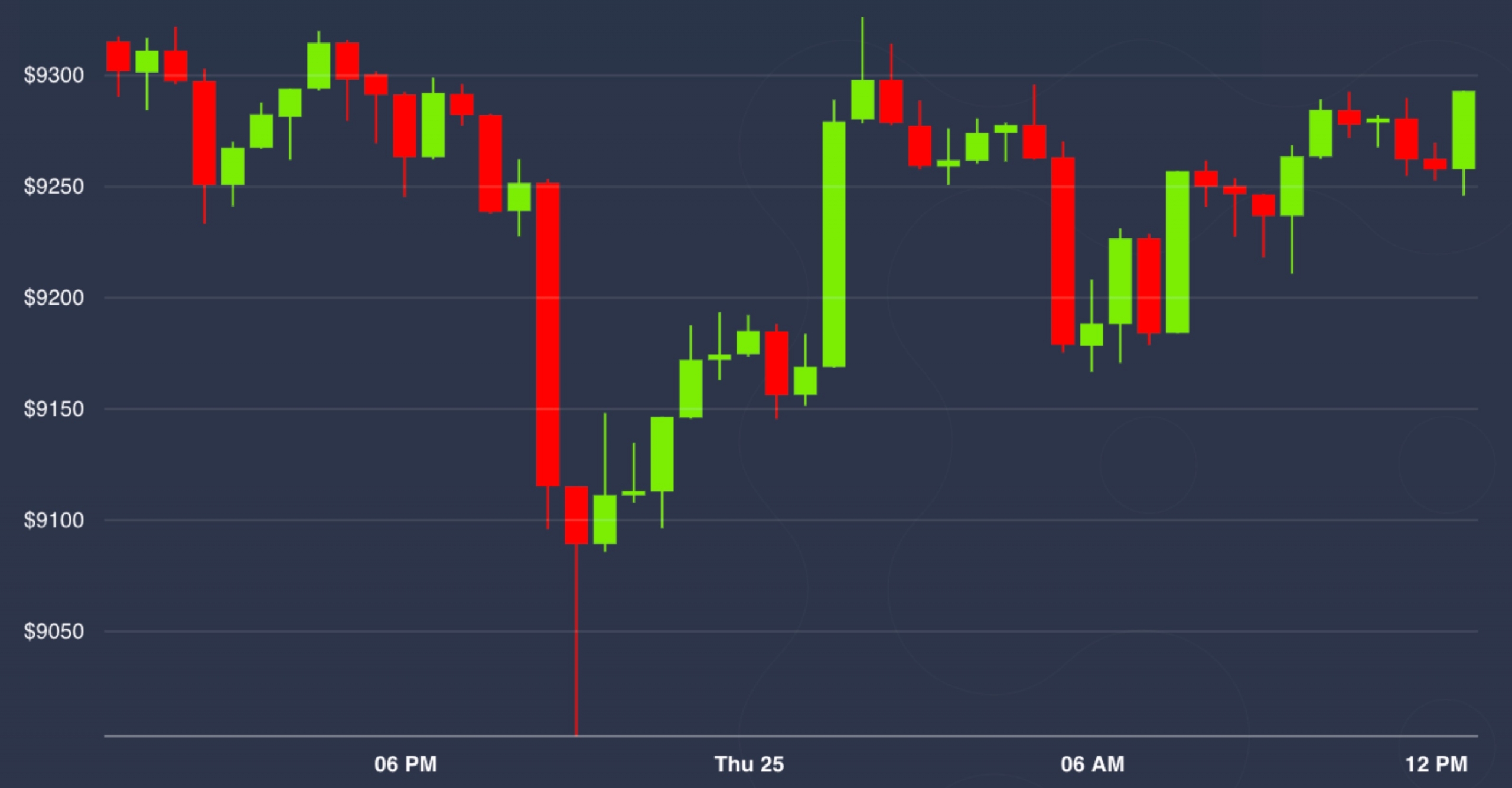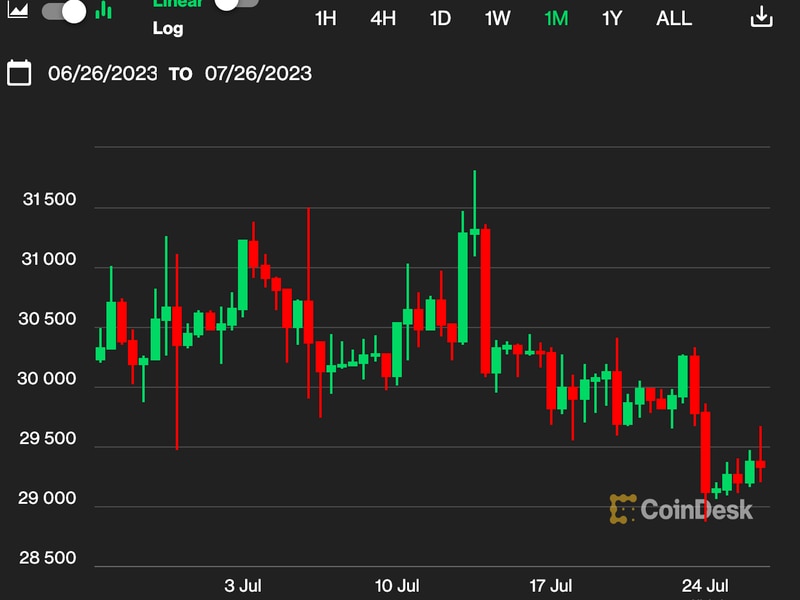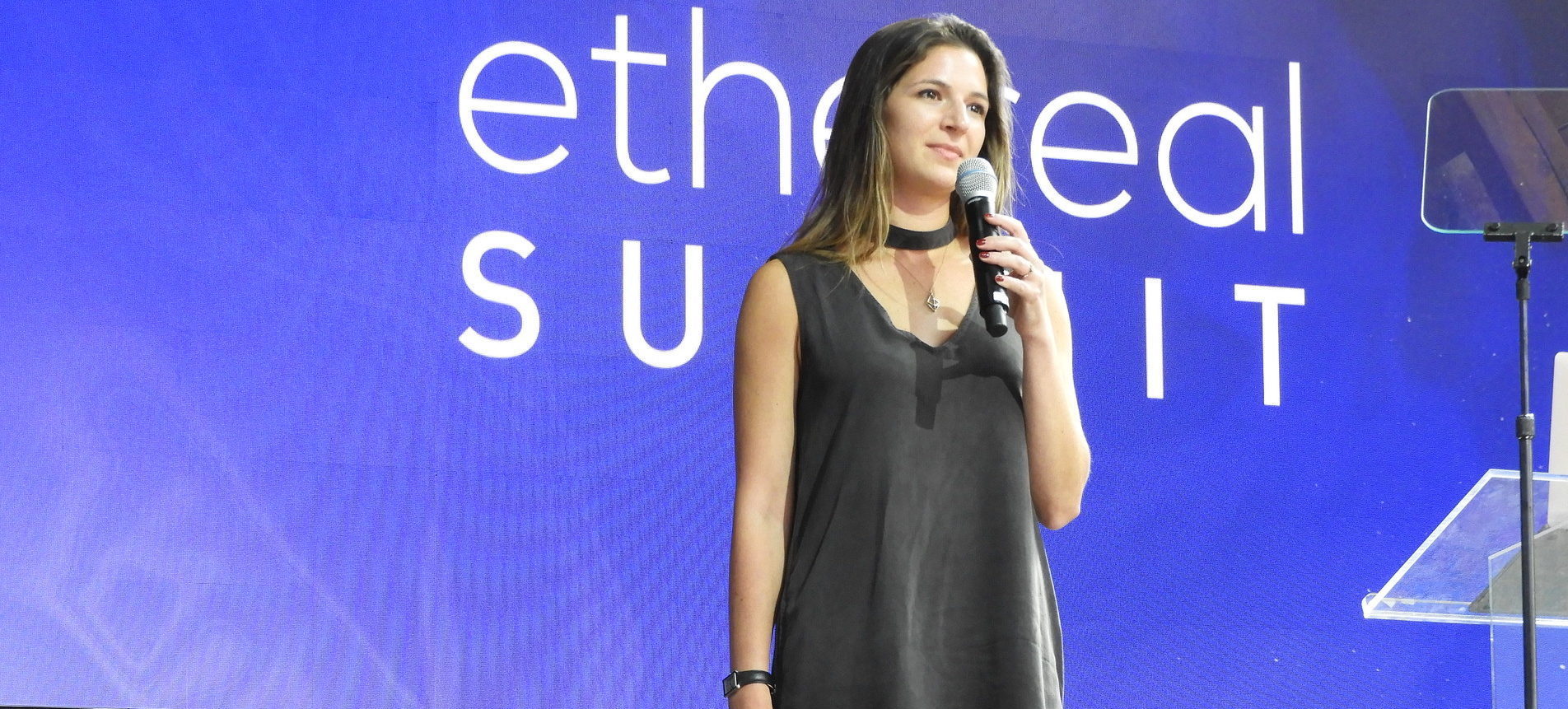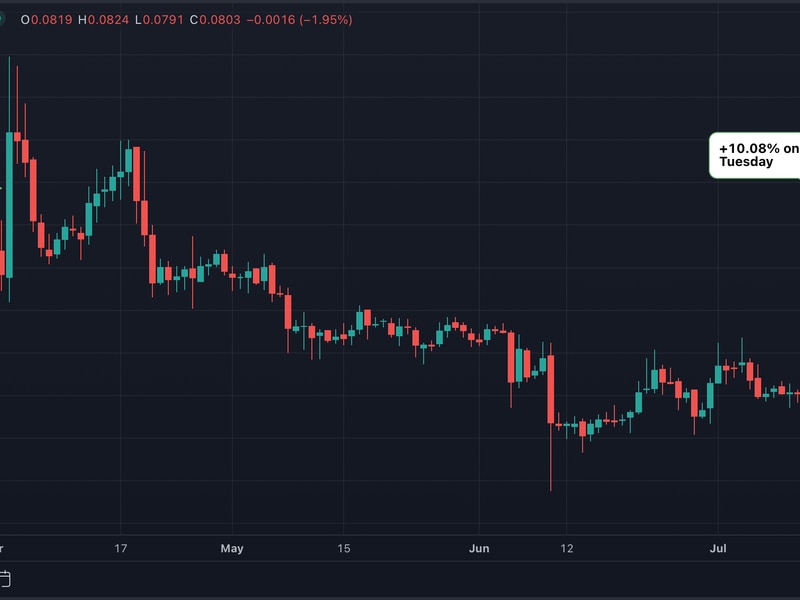Insurance Is the Silent DeFi Guardian
Insurance companies have historically shaped standards and promoted safer practices throughout society. In the automobile industry, they drove the development and adoption of now-ubiquitous safety measures – like seatbelts and airbags. By reducing premium payments for vehicles equipped with safety features, insurance companies helped align incentive mechanisms for car manufacturers and drivers and enforce higher safety standards. Similarly, by making liability coverage insurance contingent on adherence to safety protocols, insurance companies played a pivotal role in establishing safety standards in buildings and in the manufacturing sector.
The digital asset ecosystem has grown substantially in recent years and will continue to maintain its momentum as more institutions like BlackRock bring real-world assets on chain via tokenization. Despite this growth, the absence of regulatory guidance has created uncertainty, posing challenges for widespread adoption and rapid integration into the broader financial ecosystem.
You’re reading Crypto Long & Short, our weekly newsletter featuring insights, news and analysis for the professional investor. Sign up here to get it in your inbox every Wednesday.
In a similar vein, during the early days of the internet, cyber insurance emerged as an important tool to promote online security and reliability. Insurers offered coverage against risks such as hacking and data breaches, but only to companies that implemented stringent cybersecurity measures. This incentivized businesses to adopt best practices in cybersecurity, such as regular software updates, strong password policies, and comprehensive data protection strategies. Just as cyber insurance fostered a more secure digital environment, the development of regulatory frameworks and risk mitigation strategies will be crucial in ensuring the stability and trustworthiness of the growing digital asset landscape.
In this stage of its evolution, DeFi is exposed to a myriad of risks including smart contract vulnerabilities and regulatory, economic, and governance risks. This creates an opportunity for insurers to step in and act as a de facto regulator to enhance the resilience of the on-chain ecosystem and foster more trustworthy on-chain finance where user funds are protected at all times.
Traditional Insurance offerings are offered on a “guaranteed cost” basis, meaning the premium (rate based on exposure) is fixed for the policy term, regardless of the number or amount of claims that occur during the term. Although this model has made insurance available to billions of individuals and organizations worldwide, it has also created limitations for risk areas where insurers lack data, expertise or regulatory support. Due to this limitation, industries such as DeFi, have been left exposed, which ultimately affects the public.
So far, insurers have relied upon organizations such centralized exchanges and DAOs to create the framework for possible insurance offerings. Centralized exchanges still have fairly limited markets, and mostly utilize insurers to re-insure their exposure. Users seeking protection against their exposures on exchanges that don’t offer coverage, now are being offered coverage by DAOs (example: Nexus Mutual) for their individual risks. Although this provides a short-term solution to the limited capacity, the piecemeal implementation lacks the efficiency required to bring coverage to the nearly $2T (and growing) digital asset sector.
Many of us are accustomed to our personal funds being insured at chartered financial institutions up to a certain amount. For digital assets to be fully adopted by the general public, the framework for insurance must likewise be fully integrated into the institution. This integration helps give the public the confidence that their digital assets are protected to the same degree they are accustomed to with their real world assets.
Starting with insuring funds on Sandclock, Schwarzschild insurance is one service provider aiming to pioneer the protection for user funds across DeFi protocols. By seamlessly integrating with decentralized protocols, Schwarzschild aims to establish a model for comprehensive DeFi insurance that mirrors the depositors’ insurance at chartered banks. This approach includes rigorous security audits and compliance checks to ensure that only the safest and most reliable DeFi protocols are covered. Schwarzschild’s framework will provide users with confidence and peace of mind, knowing their digital assets are protected against potential vulnerabilities and risks inherent in the DeFi ecosystem. This pioneering effort represents a significant step towards mainstream adoption, where the public can trust that their digital assets are as secure as their traditional financial holdings.
Note: The views expressed in this column are those of the author and do not necessarily reflect those of CoinDesk, Inc. or its owners and affiliates.
Edited by Benjamin Schiller.








